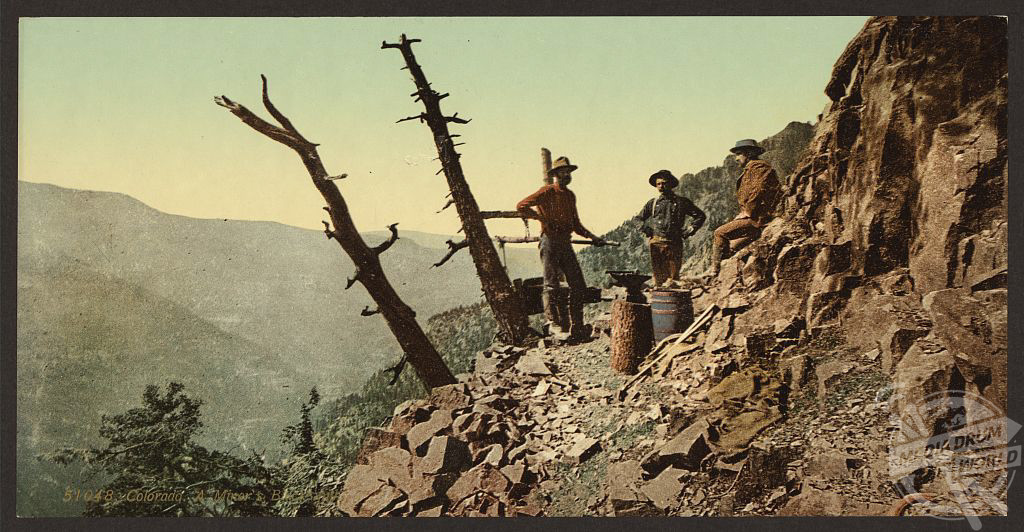By Alex Jones
FASCINATING photochroms from 120 years ago show what life was really like in the Wild West.
Stunning colour images dating from the turn of the 18th Century show a rugged cow boy brandishing his lasso, a thoughtful miner enjoying a smoke in the doorway of a rude dug-out cabin, and a pioneer merchant plying his wares.
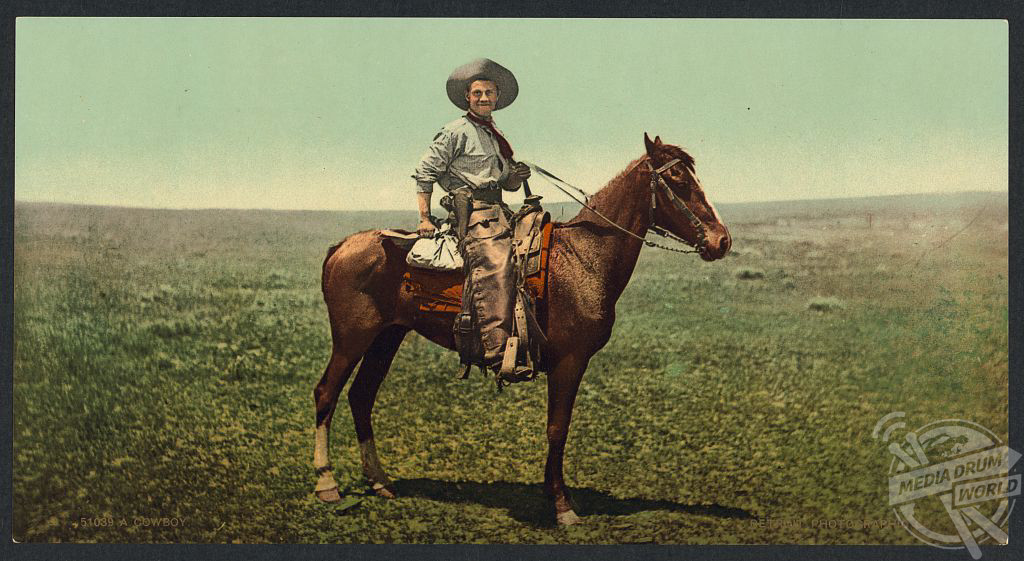
Many of the pictures were captured in Colorado, where a gold rush in 1850s drew crowds of hopeful prospectors looking to strike their fortune.
By the end of the century, the region was still almost completely lawless with outlaws and rustlers running amok.
For those trying to earn a decent living, life was hard and most had to turn to physical labour – such as mining, cattle herding, or fishing – to make ends meet.
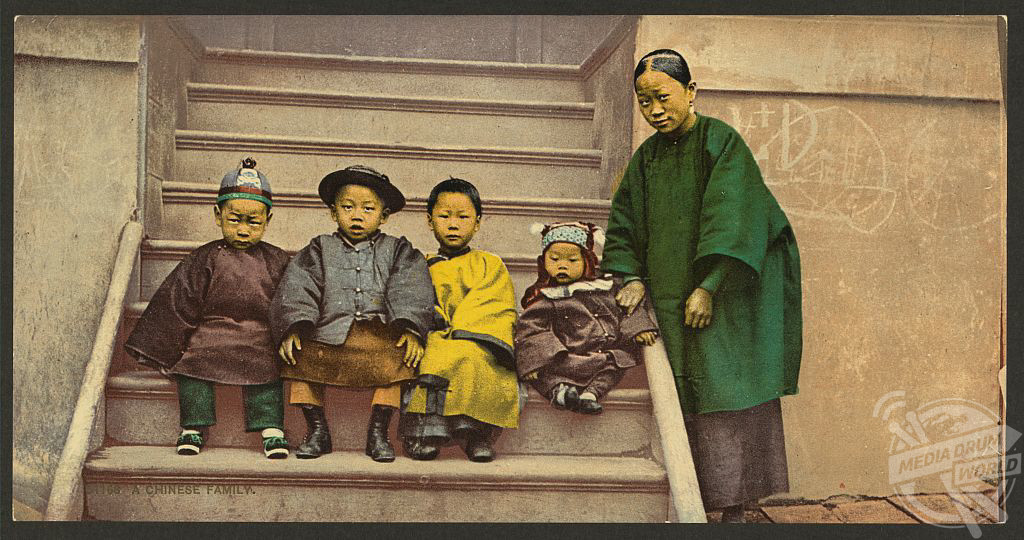
The railroads – many of them built by Chinese immigrants – opened up the west for settlement and economic development however.
White settlers from the East poured across the Mississippi to mine, farm, and ranch.
African-American settlers also came West from the Deep South, convinced by promoters of all-black Western towns that prosperity could be found there.
Although the land was fertile and rich, it did not take long for the huge herds of American bison that dominated the plains to be wiped out, as their pelts and meats were hugely desirable and easy to come by.
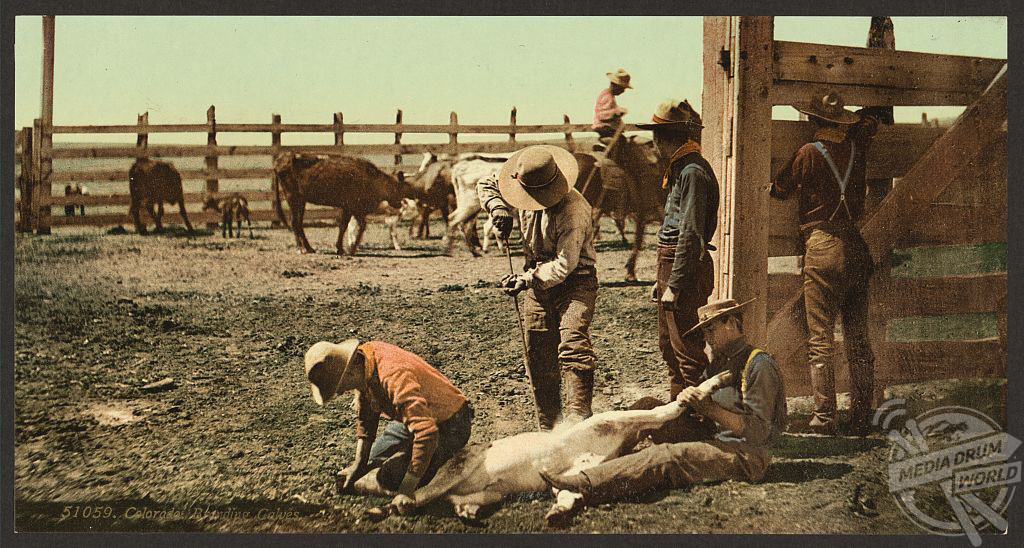
The loss of the bison and growth of white settlement drastically affected the lives of the indigenous Americans living in the West. In the conflicts that resulted, the American Indians, despite occasional victories, seemed doomed to defeat by the greater numbers of settlers and the military force of the US government.
By the 1880s, most American Indians had been confined to reservations, often in areas of the West that appeared least desirable to white settlers.
The cowboy became the symbol for the West of the late 19th century, often depicted in popular culture as a glamorous or heroic figure.
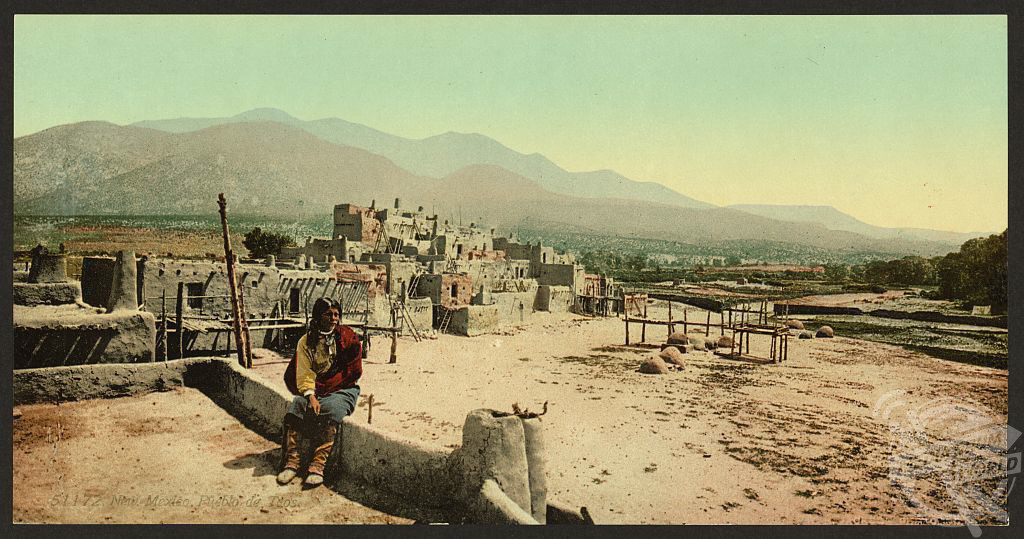
The reality was different. A significant proportion of cowboys were of Latin or Chinese descent. Black cowboys were not uncommon either.
Furthermore, the life of the cowboy was far from glamorous, involving long, hard hours of labour, poor living conditions, and economic hardship.
These stunning colour pictures were produced using a method called photochrom.
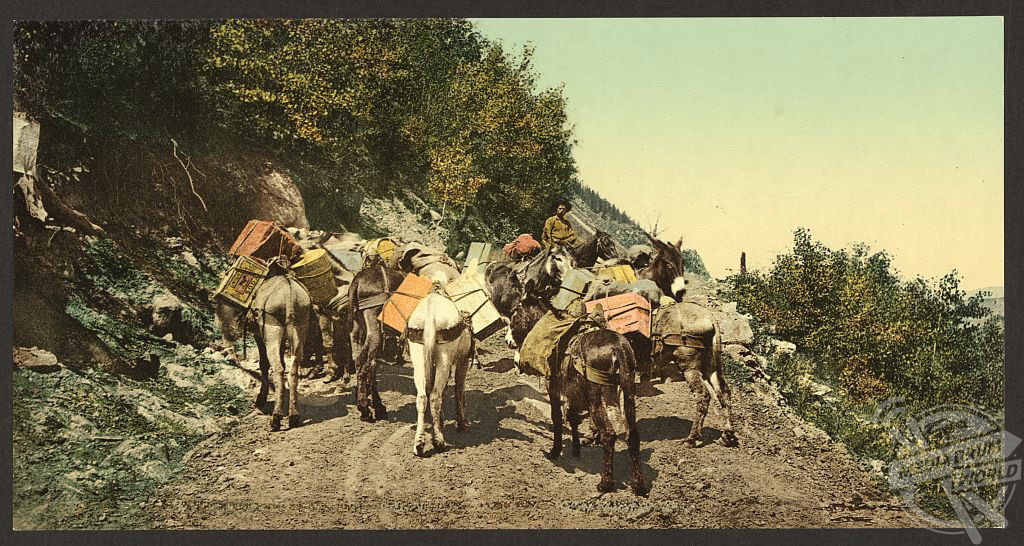
This is a method of making colourised photographs from black and white negatives via the direct photographic transfer of a negative onto lithographic printing plates.
It was invented in the 1880s and was most popular in the 1890s, when these images were taken.
Although true colour photography had been developed by then it was not commercially practical yet.

